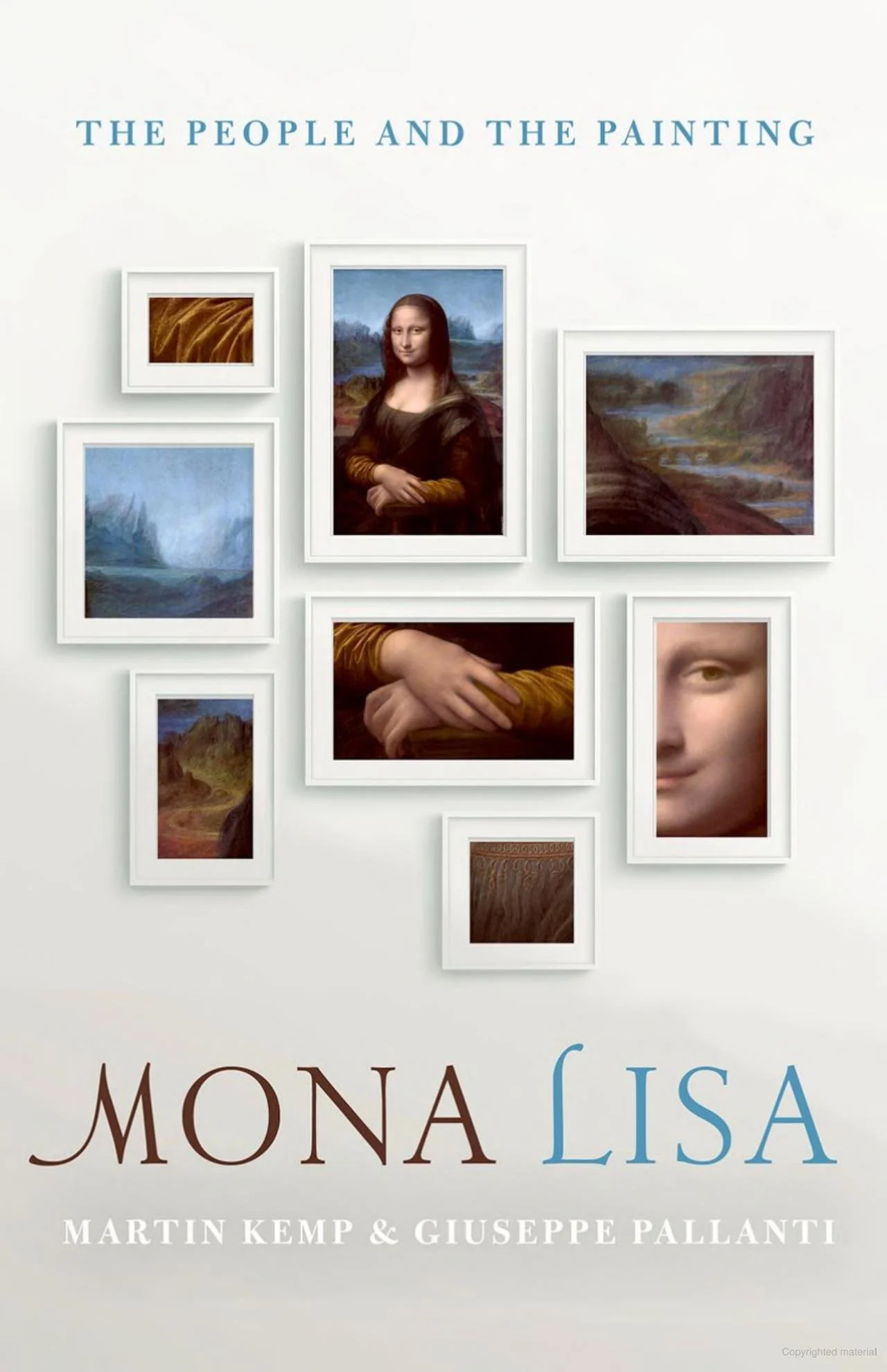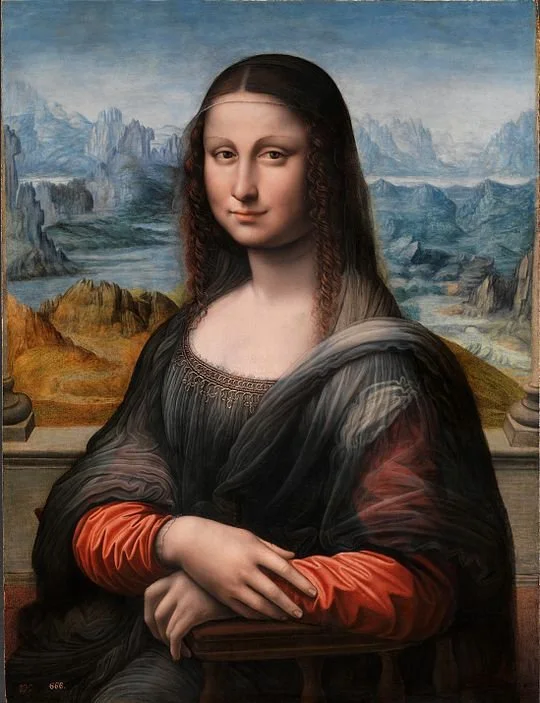Mona Lisa: The People and the Painting Book Review
A list:
Who are their parents?
Where and when did they grow up?
What put them on this path?
Did they have connections?
What impact did all of this have on the way they viewed the world?
An explanation:
These are the questions that generally run through my head whilst watching shows, films and the occasional sporting event.
It sometimes feels impossible not to open IMDB or Wikipedia when I should be paying attention because I want to know more about how and who these people are.
There is no real output from this research other than a small sense of the “satisfaction of knowing” and the continual expansion of this mental map I built of this (mostly) useless information.
What does this have to do with Mona Lisa?
She gives no performance other than existing, so it’s not fair to say that Mona Lisa is the equivalent of the World Cup or a Blockbuster hit but she is the end product that we view.
When we think Mona Lisa, we think painting - very famous painting.
Preceding the painting, there was a woman, there was a painter, and there was a whole host of other characters that came into play over several generations in Florence during the Renaissance to produce the panel that we know today.
Mona Lisa: The People and the Painting is the epitome of a deep dive into the full background of family, place, motivation and historic context.
Family Heritage
We receive full brief on the prominent Florentine families from which Lisa Gherardini descended and a look into the lineage of her husband, Francesco del Giocondo, who was from more “obscure and humble origins” and became one of the most influential businessmen in Florence off of his and his families success as artisans and merchant.
We learn of the suspect birth of Leonardo to a young orphaned girl in the countryside of Vinci and his father Piero, who did support Leo’s mother Caterina with a dowry before moving on to four other marriages. The illegitimacy of his birth prevented Leonardo from pursuing the family trade of being a notary - perhaps a blessing which gave him the opportunity to explore everything else from engineering to anatomy to art.
Though we do not know how Lisa’s father and Francesco knew each other to have arranged the marriage, we can easily trace the overlap in business and connections between Francesco and Ser Piero that would have resulted in a commission of a portrait by Piero’s talented son, Leonardo.
Location, Location, Location
When Lisa married Francesco she would have lived on the same city block as Michelangelo and Ser Piero da Vinci. Within 100 meters from their home live Botticelli, Leonardo, Raphael, Filippino Lippi, Perugino, and several other notable artists.
The proximity of these artists alive and not just on museum walls is almost too hard to handle. It makes me tense up a bit. What an experience!
Life of a painting
We learn of the painting’s interesting moves within France, its temporary repatriation to France by a kindly Italian who slipped it out of a side door at the Louvre.
We learn of several replicas potentially from his studio or produced afterward.
We draw the parallels of Mona Lisa to the poetry of the day.
We are taken through the intricacies of the under layers and detail of the painting enabled by modern day technology and how Leonardo’s meticulous study of human anatomy and his unique view of the world produced one of the most proud paintings of all time.
So much more
The book contains so much more rich detail about the lives of the families, their houses, their possessions, the traditions of marriages and business, and property and wealth in Italy during the Renaissance.
If the topic is of interest, I would highly recommend reading it in full.



